Contributed by Mike Kreklau, Technical Sales at Tsunami Compressed Air Solutions
Downtime and inefficiency don’t have to be your production line’s worst enemy.
You want shop equipment that comes with no strings attached — no downtime and no maintenance. Maybe that’s a pipe dream, but there are ways to fix many air-related symptoms of an inefficient machine shop.
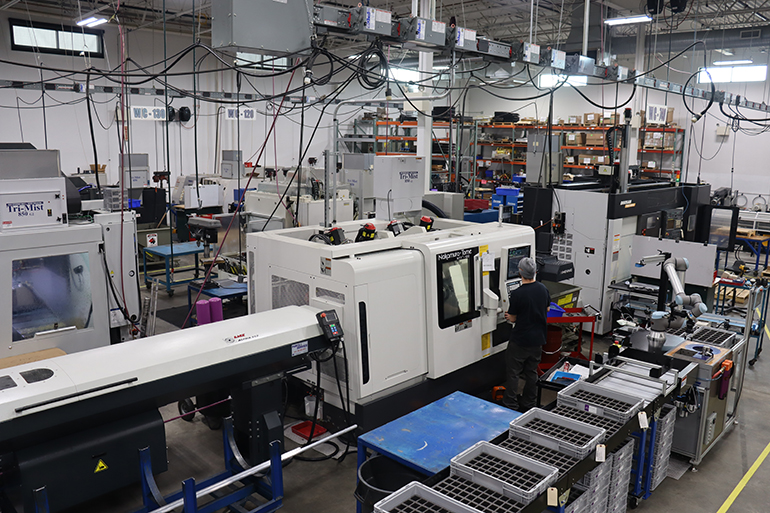
Water in air lines can corrode, rust, and scale your air lines, which can create obstructions. The ensuing pressure drop hampers machine performance and has the potential to cause permanent damage.
When clean, dry air is critical to your business, you need air preparation that’s efficient and effective. There are four best practices that’ll make your shop a well-oiled (and well-aired) machine.
Here’s how you can efficiently provide high-quality air to your machines – without sacrificing their health.
1. Start with the compressor — (Did you know it’s common for a 100-hp compressor to create 30 gallons of condensate in a single, 8-hour shift?)
The presence of a high-quality compressed-air system is a common oversight in factories. The common attitude seems to be, “As long as there’s not water shooting out the end of an air hose, we’re OK.”
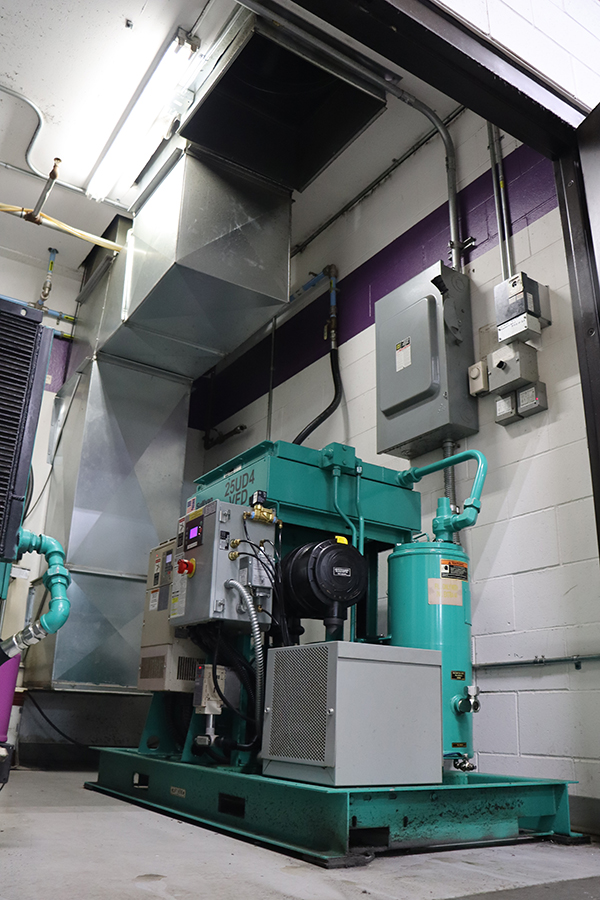
If your compressor draws air from inside the building, think of all the junk it’s inhaling:
- Oils
- Coolants
- Vapors
- Welding smoke
It’s usually better to bring in fresh air from outside the building. This will also reduce demand on your air conditioners. Nonetheless, outside air needs reliable filtering as well:
- Compressor rooms need thorough ventilation to offset the extreme heat they generate – that heat expands the air’s capacity to hold moisture. Air input should be low to the ground, and output as high as possible. Vent it outside, if practical. During cold weather, pipe this air back into your facility to reduce heating cost.
- Keep air intake away from loading docks or exhaust vents to avoid collecting carbon monoxide from trucks and furnaces.
- Use storage tanks with automatic drains, and check them regularly. Many shops have drains but allow them to get fouled up with dirt and rust. This causes water to build in your tank and forces your air compressor to work harder.
2. Properly plumb the system — (Did you know that for every 20°F that compressed air cools, it loses 50% of its capacity to hold water? If water condenses in a pipe, the only place for it to go is down — and into your filter or tool.)
About 95% of industrial facilities (large and/or old ones in particular) have improperly designed air piping.
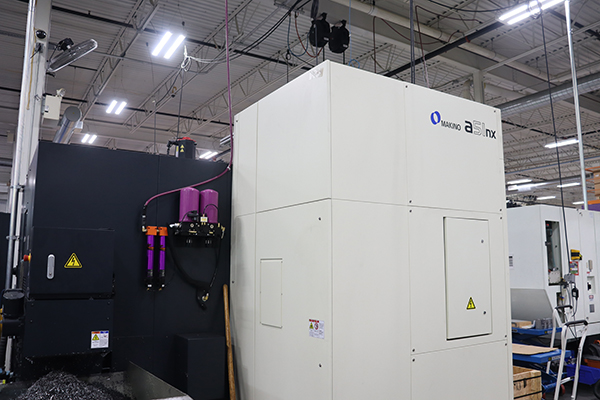
Yet most of them don’t want to replumb their system because of the cost. Or, the “expert” involved plumbs the shop like they would a house because they don’t know any better.
Installing an air dryer can act as a factory “replumbing” solution on its own. Unfortunately, many shops don’t have air dryers, or aren’t using theirs correctly. The lack of robust drying means you must put special detail into plumbing the air system.
What can you do? Enforce the “looping” ability of your air system so it can travel in both directions. Why is a looping system important?
Example: Picture a 100 ft2 building. If your system only uses a straight, 400 ft piece of pipe, you might start with 120 psi. Anything traveling along that pipe creates friction, so by the time air reaches the pipe’s end, it might only have 80 psi. If the application requires 90 psi or more, you’ll have to increase initial pressure beyond 120 psi, so it’s still above 90 psi when it reaches the machine.
To improve system efficiency, develop a properly looped main header line that eliminates dead ends where water can collect and minimizes pressure drop throughout.
- Make room for storage tanks. Tanks that are too small for the demand may cause the compressor to cycle more often. Using larger tanks conserves electricity and reduces heat generation at the compressor.
- Use a regulator to store air at a higher pressure so you don’t need to run your entire system at that pressure.
- Use large-diameter piping to mitigate pressure drops. (Never use PVC plastic.)
- Use a drip leg at low points. If there’s condensation in your pipes, it’ll run down the drip leg and to your auto drain for ejection.
- Downstream from there, install a riser pipe with a 6 in. minimum height. Since it’s hard for water to flow uphill, this component should reside off the top of your air pipe.
- Install an automatic tank drain to ensure your tank stays free of moisture. Bulk water in your air tank reduces its capacity for storing air. This promotes tank corrosion, reduces motor efficiency and can allow moisture carryover.
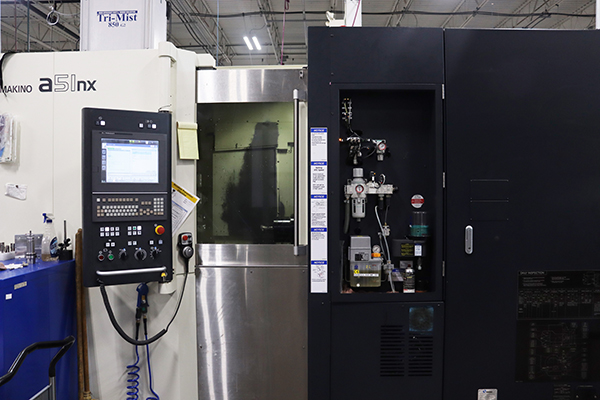
In some applications, point-of-use filtration becomes equally, if not more, important. Whether you have an air dryer or not, many pieces of equipment need coalescing filters to remove oil and tiny particles.
3. Treat air efficiently — The purpose of a compressed-air dryer is to reduce humidity and condensing in the lines. But don’t assume your equipment receives dry air just because you have a dryer in-house.
Addressing the most critical, dewpoint sensitive, air requirement in your facility with only one dryer is pricey and inefficient. A 50°F dew point dryer often works fine for general applications in which the goal is simply “no liquid water.” In some cases, a smaller point-of-use dryer tailored for a specific machine or application can slash your up-front cost and energy use while providing extremely clean, dry air (down to –80° dew point). Even if multiple small dryers are used in this way, they’ll still combine to use less energy than a single large dryer.
Your filter’s location also affects its performance. Many installers place filters right on the compressor’s outlet. This accomplishes almost nothing — warm air will suspend vapor, which a filter can’t remove.
Example: Say you have a welding shop with a plasma cutter. Your air filter is on the wall, 200 ft away from your machine, so you run an air hose to the cutter. There are different temperatures on the floor versus up on the wall, which expedites cooling of the air. This means condensate will travel through your line and wreak havoc on your plasma cutter tips.
Instead, place the filter directly on or within 3-10 ft of your cutter. The closer, the better.
Notably, many folks don’t even realize the need for filtration in front of a dryer. Why? Because a lot of sellers don’t provide this all-in-one solution. Consider investing a little more up-front for an air-drying system rather than a single component — your capital equipment budget will thank you. This system should include filtration, automatic drains, etc. in addition to the dryer.
When specifying an air dryer type, consider your shop’s needs and how you can maximize the dryer’s effectiveness.
- How much air does the application need?
- What pressure does it require?
- How much moisture can it tolerate?
- How much moisture needs removed?
- Are the dryer and compressor compatible?
4. Maintain equipment religiously — In any air system, the biggest bang for your buck comes from eliminating leaks.
Imagine you use a 100-hp compressor. By fixing your leaks, you could get away with a 75 hp compressor. In a leak that’s 100 ft3/min, that’s $14,000 in savings per year! And don’t forget the capital costs you save by buying a smaller compressor.
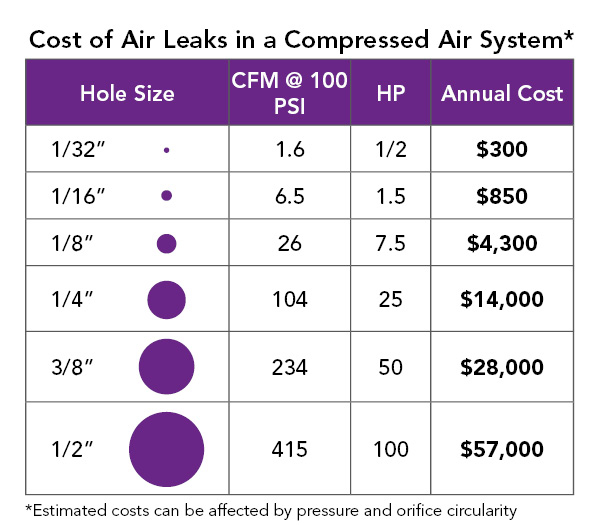
Now, where to start fixing these leaks? By not touching them — yet. Improper and unsafe blow-off pressures cause compressed air demand to spike. Dropping your system’s pressure from 7.5 bar-g to 6 bar-g immediately eliminates 17.6% of your leak rate — without touching the actual leaks! Reducing your system pressure will be a breeze after you’ve completed steps 1-3 above.
Keep the air dryer in mind too — it’s often overlooked as an efficiency solution due to the maintenance required. However, that maintenance is much less work if you follow the usage best practices in tip number 3.
Due to the oily, smoky, dusty environments in many shops, plan weekly, monthly, and annual maintenance for your air system. Assign someone to replace filter elements as needed, blow out heat exchangers where applicable, and check automatic drains regularly. A congested air dryer will work less effectively, even if it’s new.
Where can your shop improve uptime and efficiency?
Some of the biggest savings in compressed air systems come from rectifying long-standing waste.
Once you have a new efficiency goal in mind, your next steps are:
- Set your compressor up for success
- Install a closed-loop air system
- Install air drying that meets your application’s needs
- Fix leaks!
- Use regulators
- Choose effective equipment (dryers/filters) that provide low pressure drop at rated flows.
Air preparation keeps your factory running better, longer. Don’t skimp on your air prep system or its upkeep.
Tsunami Compressed Air Solutions, div. of Suburban Manufacturing Group
gosuburban.com
Filed Under: Air Preparation & Regulation, Compressed Air Technologies, Engineering Basics, Pneumatic Tips